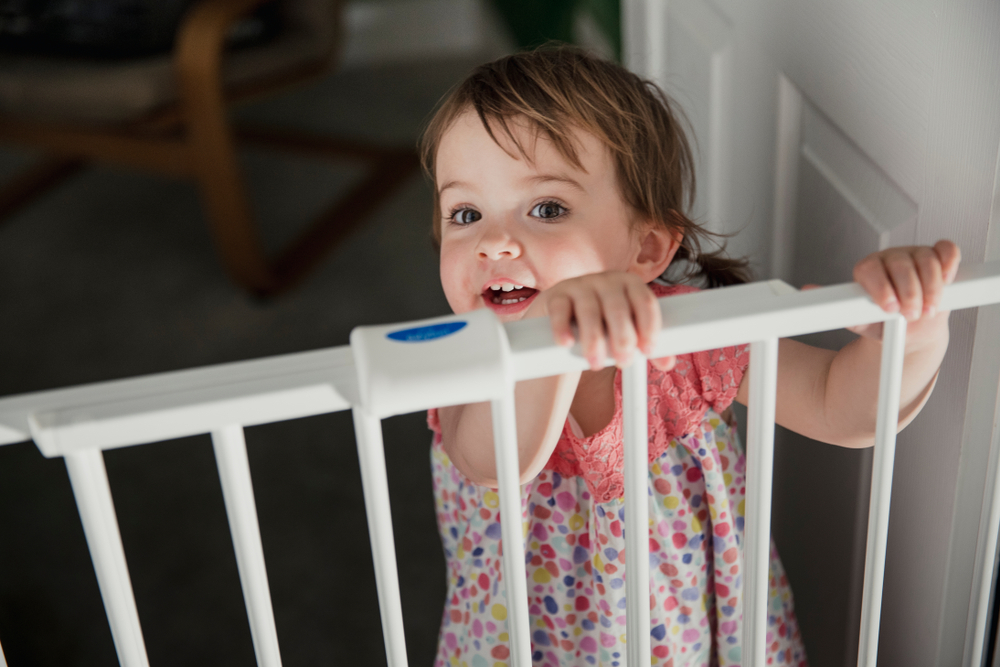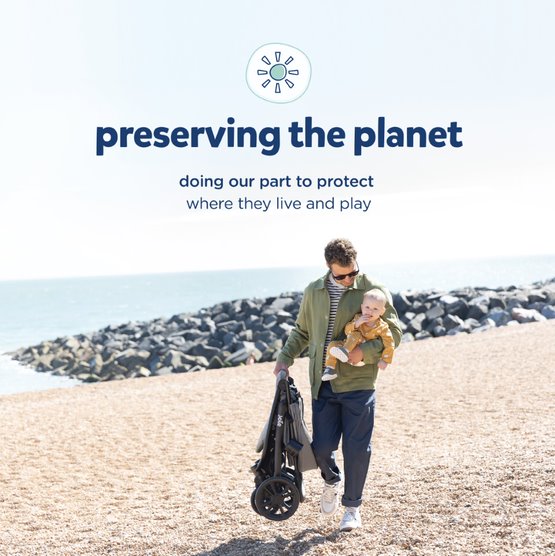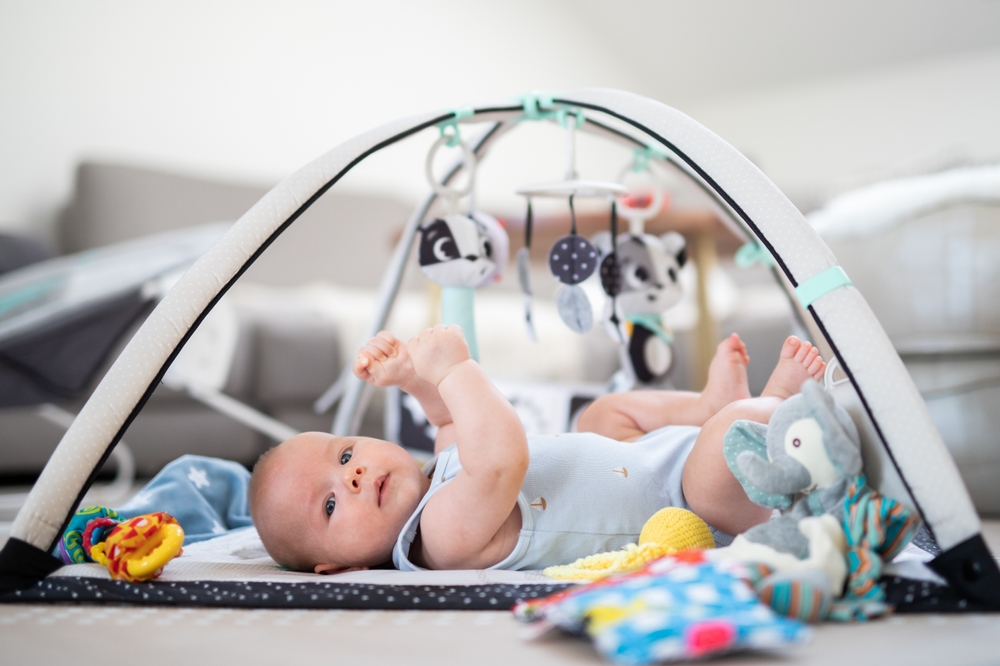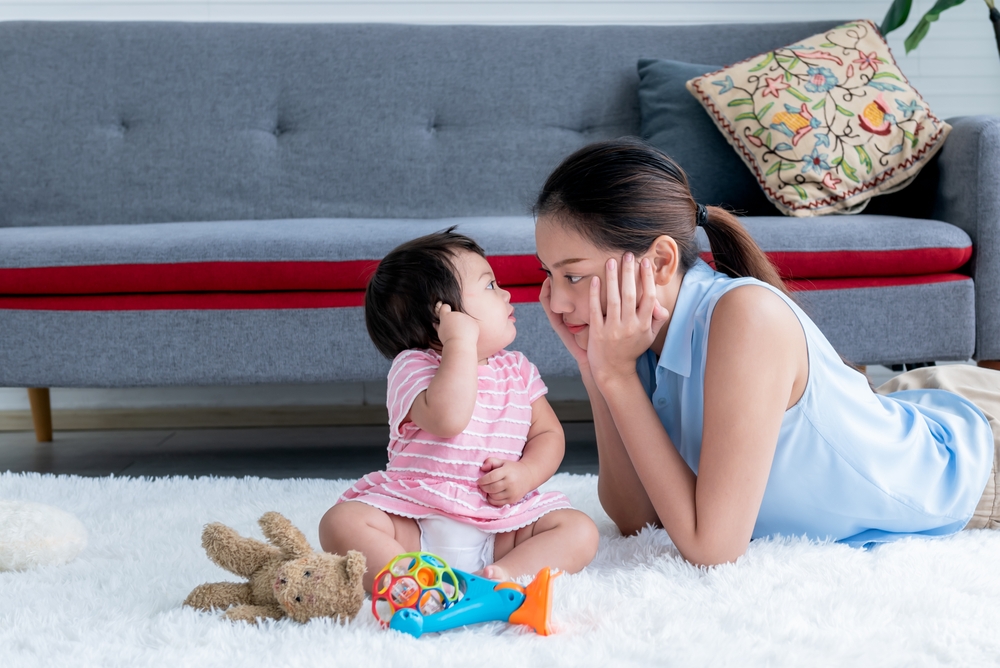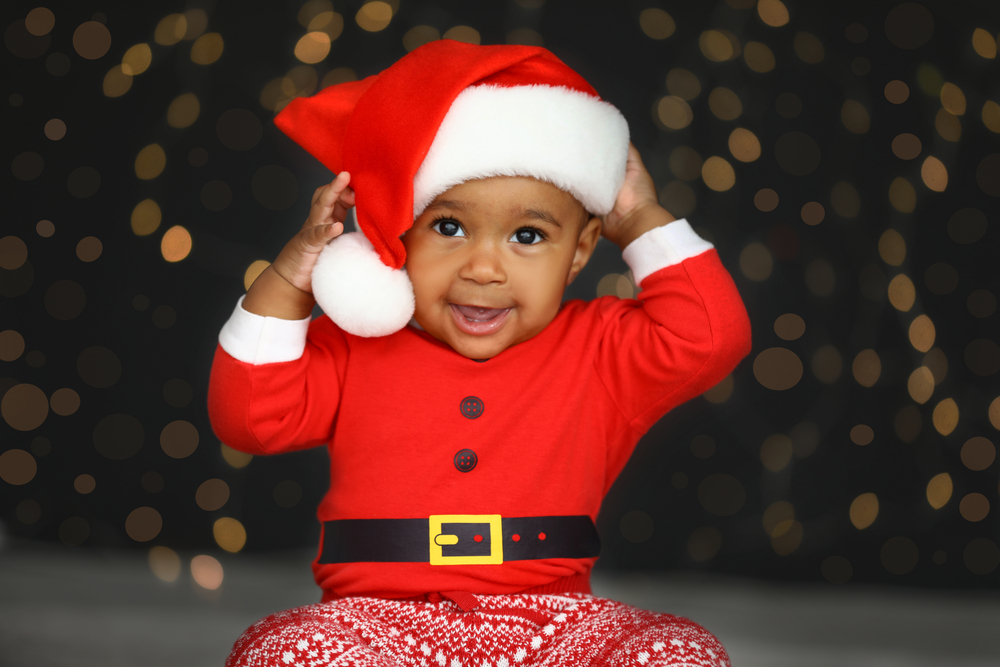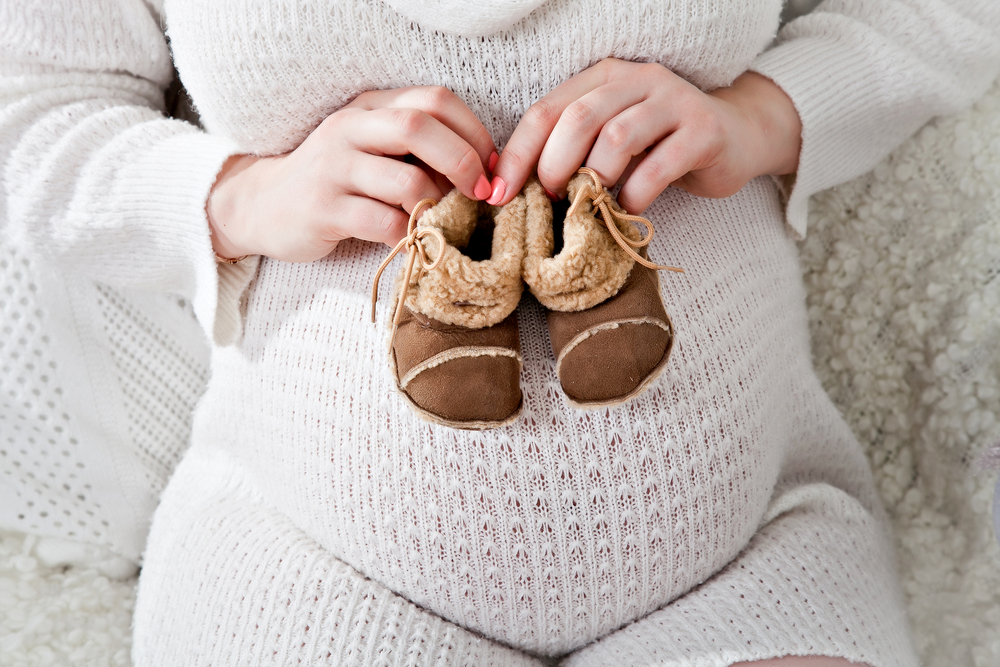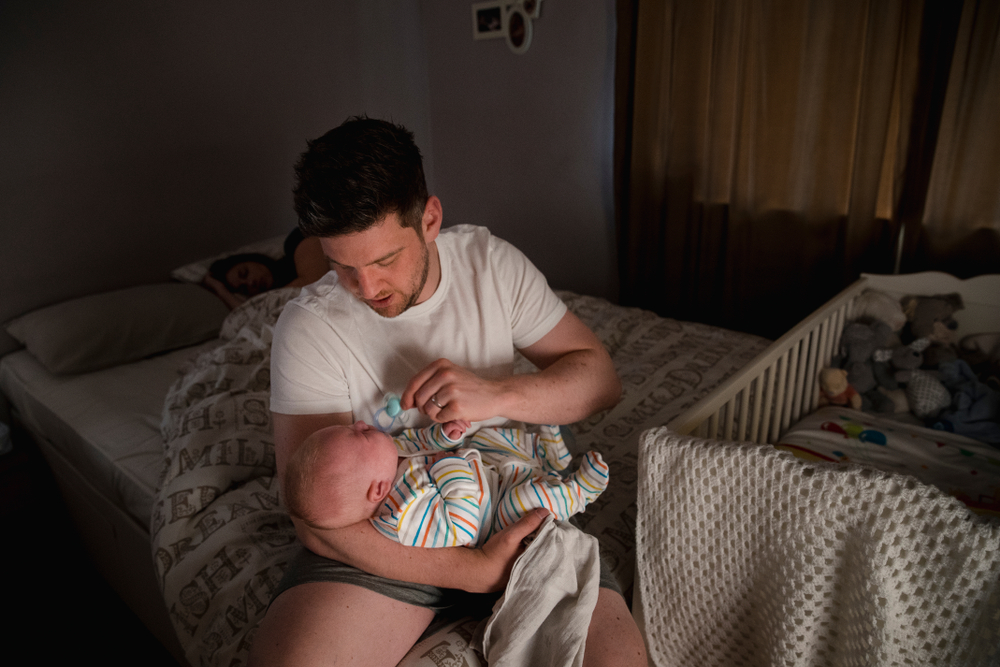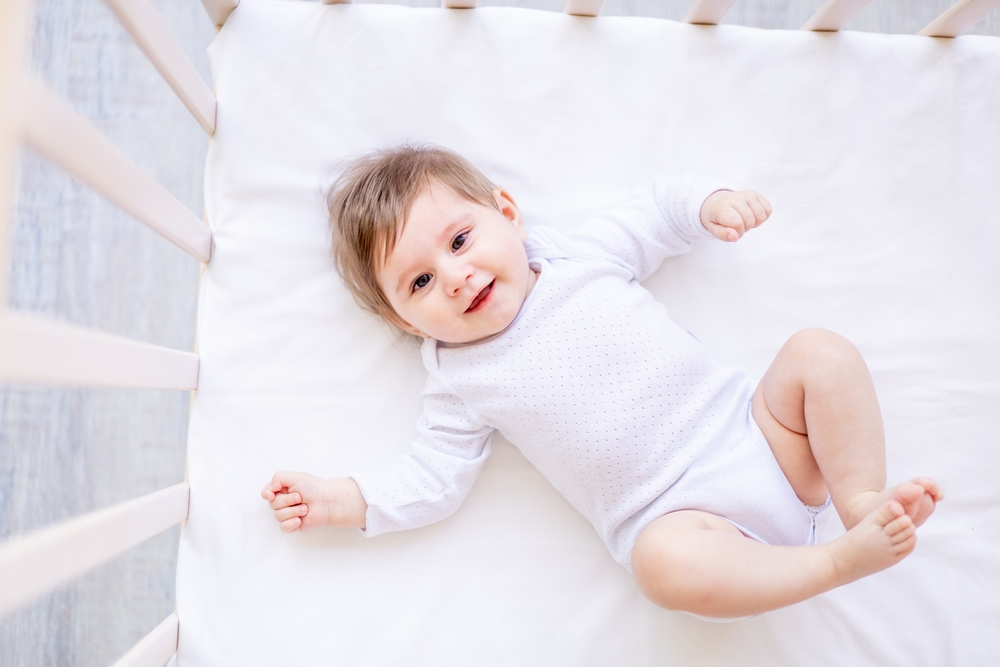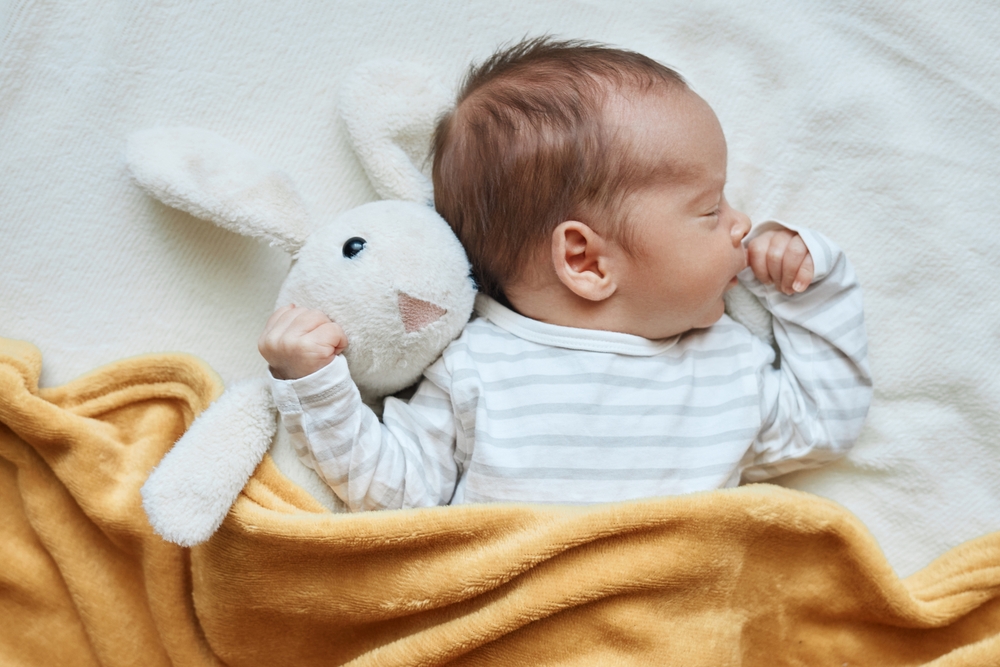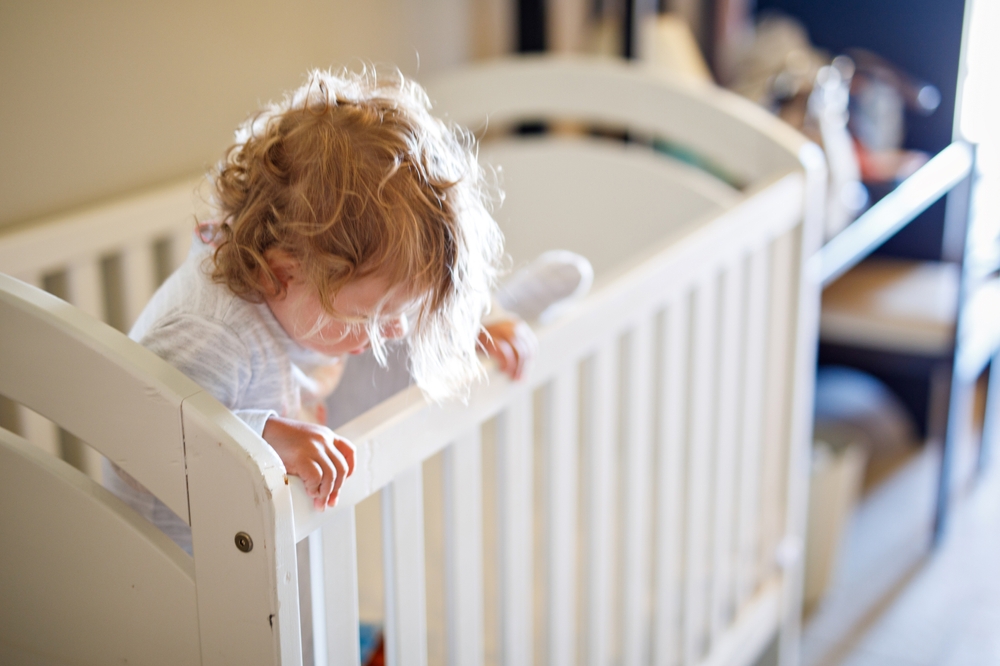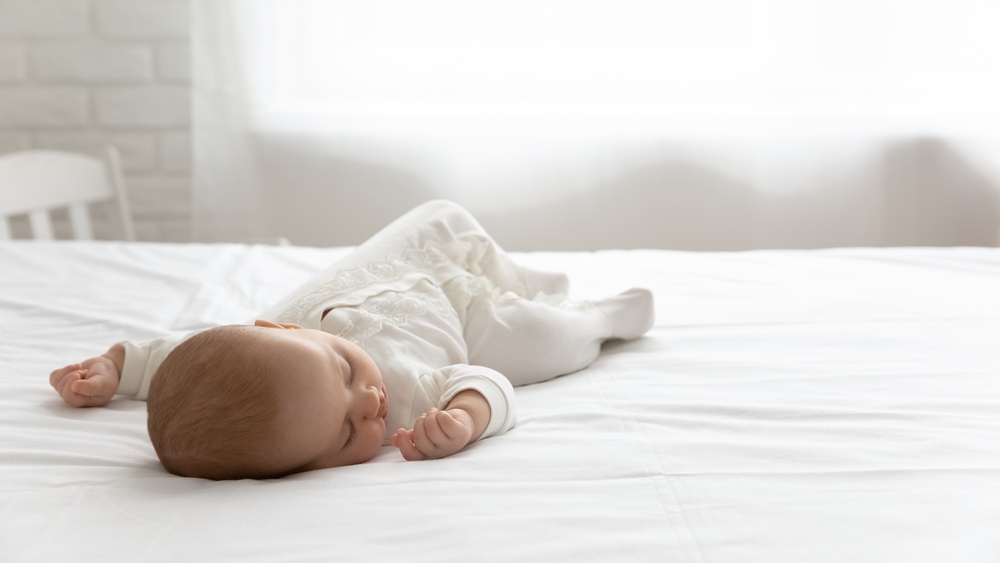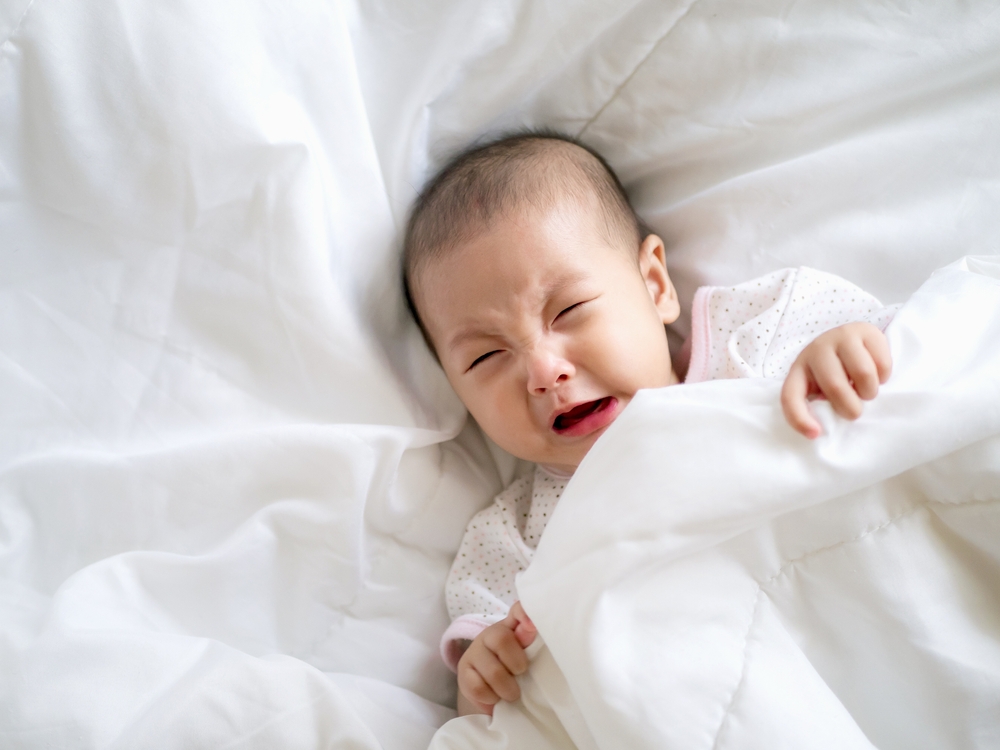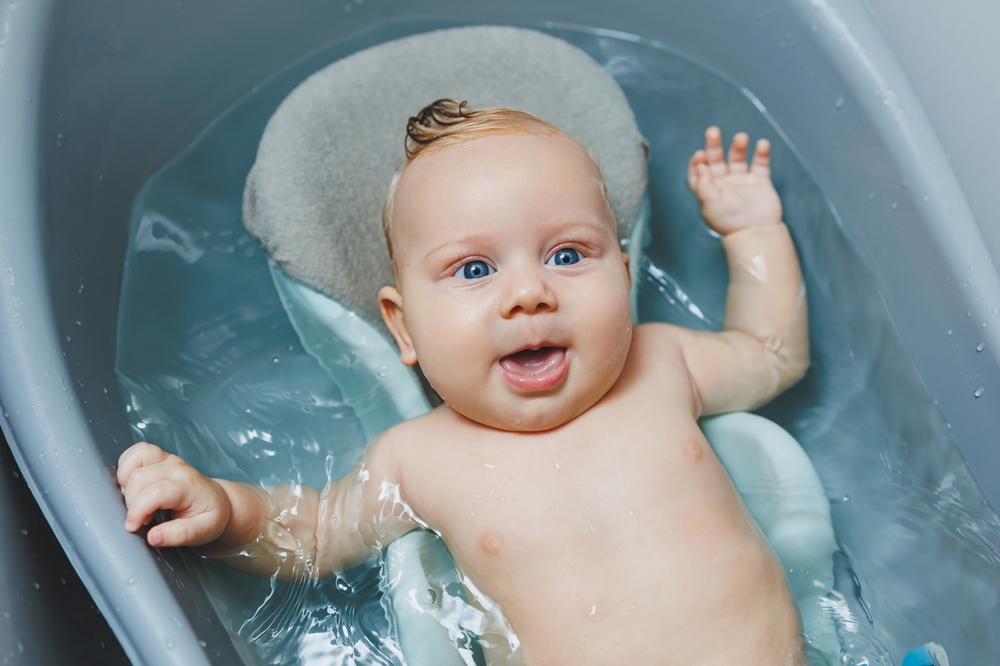Have you ever had the urge to envelop your child in bubble wrap to prevent them from hurting themselves? We know how you feel! Making sure that your child is safe and secure is a 24/7 job. And it can be overwhelming thinking about all the different ways to keep your bub out of harm’s way, and a quick online search can turn into hours of getting lost in endless baby safety products.
Whilst a few bumps and bruises are all par for the course, we’re here to help with our ultimate baby safety guide, so you can always have peace of mind that your munchkin is safe as can be. From safety in the car to safeguarding your home from your little one’s inquisitiveness – you’ll be a baby safety expert in no time!
Step 1: Babyproofing Your Home
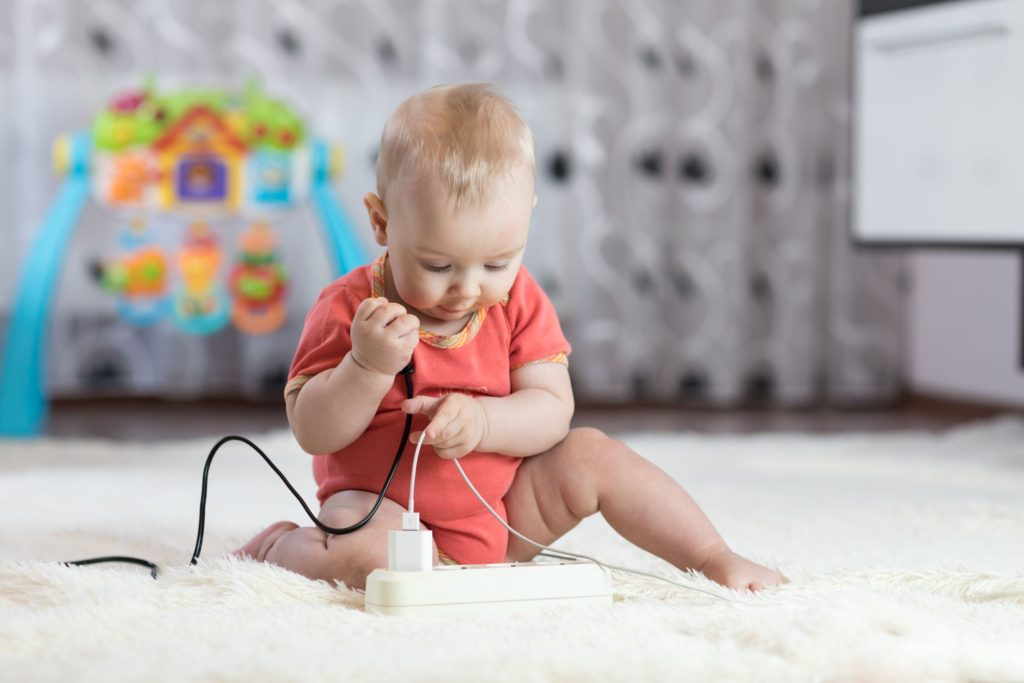
First of all, you’ll need to identify the areas in your home that could put your darling in a bit of a pickle:
- Plug sockets
Your inquisitive sprog will want to touch all the exciting new items in the world around them. Make sure those curious fingers don’t come to any harm by blocking off your plug sockets with furniture or investing in plug covers.
- Windows
When it comes to the windows in your home, installing baby safety locks are a fantastic idea. Or, if you and your babe want to enjoy a light breeze at the same time as staying safe, safety catches that prevent your window from opening more than 6.5cm are a great alternative. Lastly, double check the glass in your windows is shatterproof – especially if you live in an older house.
- Fireplaces
Fireplaces are double trouble! However, fireguards will not only protect your baby from the fireplace, but those pesky sharp corners too.
- Furniture
Whilst your cherub may look too small and delicate to manage toppling tables and TV stands, it’s important to remember that looks can be deceiving! Make sure your furniture is well secured. And when your little explorer starts crawling, it’s worth considering a reshuffle to make sure that they can’t use your chairs and sofas as a place to climb.
- Doors
Keep those cute teeny tiny fingers out of harm’s way with door stoppers and finger guards.
- Houseplants
Whilst greenery can make a home look lovely, we’re sure you’ll agree that your bub’s safety comes first. So, pop your plants where your little one won’t be able to reach!
- Drawers and cabinets
Your mischief-maker cutie will spot a cupboard or drawer and immediately want to know what’s inside. Use safety catches to foil your little monkey’s plans.
- Sharp edges
When it comes to baby safety, those pesky edges around the home can have parents endlessly Googling how to safeguard them. Fear not though! Kiddies Kingdom is on hand to help. Before your tot begins crawling or toddling, scan your home for any pointy bits and cover them with corner guards.
- Hard floors
Get those bumped bottoms covered up with soft carpets or foam floor tiles so you can have peace of mind that your little one is safe and sound.
- Stairs
As soon as your little one begins crawling, it’s time to think about installing baby safety gates. Pop gates at both the top and bottom of your staircase to stop your mischievous little adventurer in their tracks. Baby safety gates aren’t just great for keeping your kiddo away from stairs – you can also use them as a barrier to rooms that you don’t want your little tyke to access. The NHS recommends that baby safety gates be kept up until your little angel is at least two years old. Remember that the bars of your baby gate should be no more than 6.5cm or 2.5 inches wide.
You’ll also need to check your banister – if any of the gaps in your banister are bigger than 6.5cm, those will need blocking off with panels.
If you’re still curious about other ways to childproof your home, we can swot you up in no time!
Step 2: Sleeping Safely
To make sure your babe is sleeping safely and soundly each and every night, you’ll need the perfect cot. Whilst hand-me-downs are great, we recommend buying a brand-new cot for your bundle of joy as newer cots are made in line with British Safety Standards. You’ll also need to make sure you buy the best mattress for your cot – fitting snugly in your baby’s crib, with the gap between the mattress and bars being no bigger than 4cm.
Whilst we know babies look adorable cuddled up with teddies and blankets, it’s important to keep the cot completely bare during the first year, with nothing inside except a mattress and your bub. We also recommend that you keep the cot away from any windows, radiators, lamps or cords.
Make sure it’s not just your baby getting a full night’s sleep (we can dream, eh?) with baby video monitors. They include a whole host of features, including:
- A camera (with night vision)
- Two-way communication so you can talk to your baby from another room.
- A visual sensor that alerts you when your baby has woken up.
- A temperature sensor that lets you know when the temperature in your child’s room changes.
You can be as safety conscious as possible in your child’s own bedroom, but things can get a bit tricky when you travel. For parents of tiny tots, no suitcase is fully packed without a bed rail. These ultra-compact folding rails are easy to transport, and attach to standard and slatted beds, preventing any unexpected bumps in the night!
For more guidance on how to choose the perfect cot for your little one, we’ve got all the top insider info to help you do just that.
Step 3: Bathroom Safety
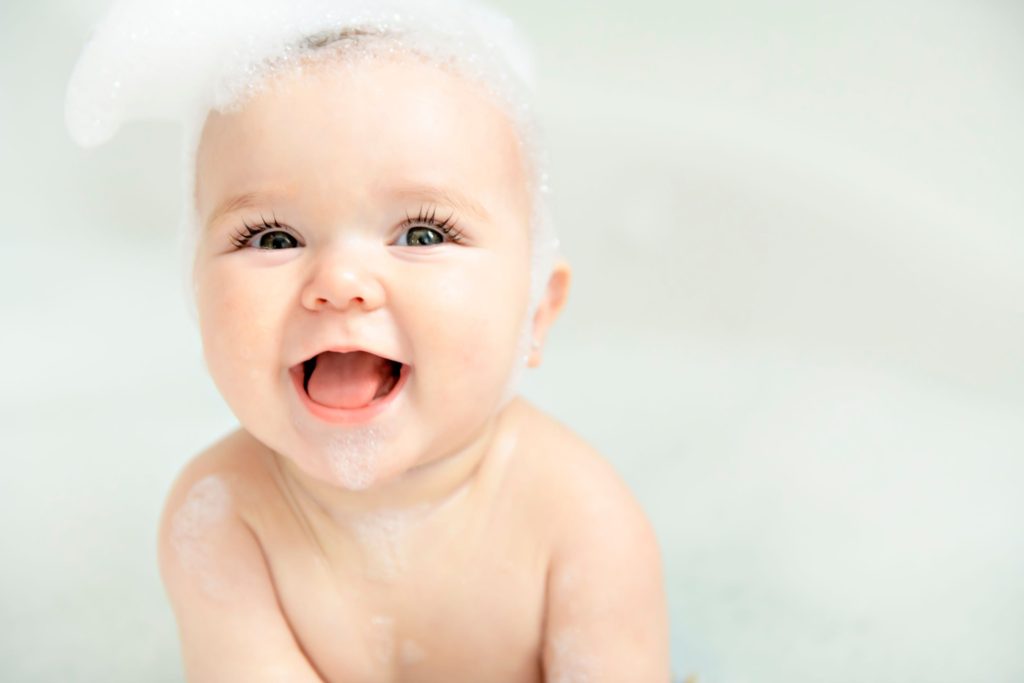
Once your little adventurer begins crawling or walking, this is probably the room where they’re most likely to get into a pickle. But with a non-slip bathmat, a lockable toilet lid, and some tap guards – you’ll be able to keep them out of harm’s way. More importantly, make sure that soaps, beauty products and especially bathroom cleaning products are out of your bub’s reach. And if you keep medication in the bathroom, pop those somewhere safe too.
The bath
As a new parent, your baby’s first bath can be an exciting and terrifying experience. You want to make sure the bath is exactly the right temperature for your little one – not too hot or too cold. The optimum temperature is 37 degrees, which you can check by doing the elbow test. However, we recommend purchasing a high-quality baby and child thermometer to completely rule out the guesswork. To be extra careful, you can also install a temperature guard on your water heater to make sure the water can’t go above a certain temperature.
Step 4: Car Safety
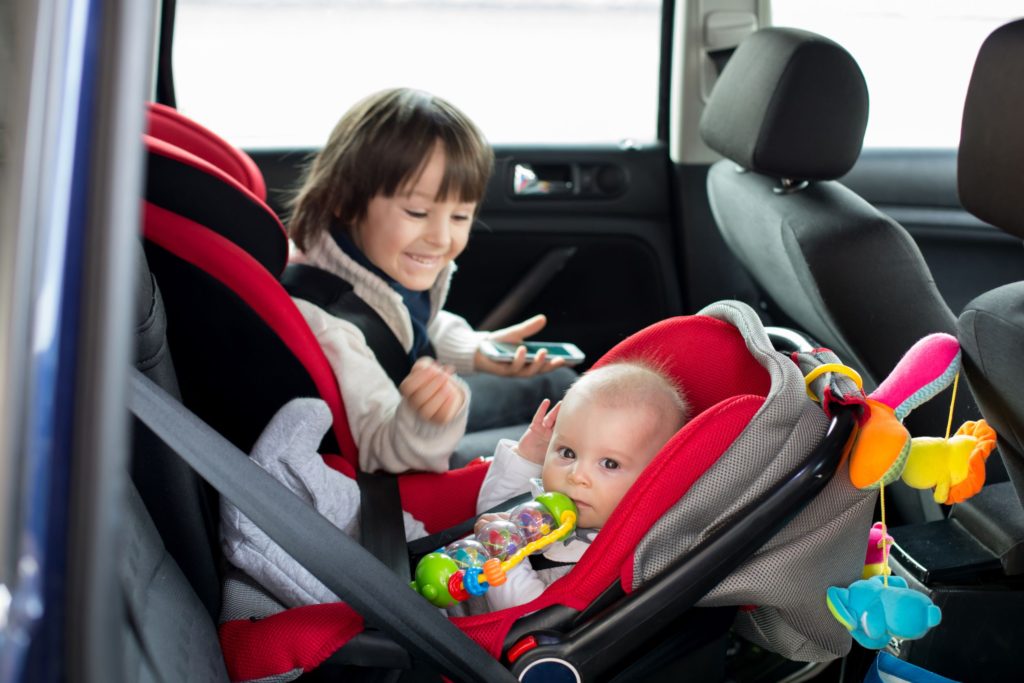
Whether it’s a quick trip to the shops or a full-blown road trip, you’ll need to make sure your munchkin is safe on the road. By UK law, all children must use car seats until they’re 135 cm tall, or until the age of 12 (whichever comes first). And remember – your little one’s car seat should be rear-facing until they’re 15 months old.
Step 5: Dressing Safely
The number one rule in baby clothing is to make sure your bub is wearing one more layer than you, to be comfortable in the same weather. The only exception to this rule is angels who were born premature, who should be wearing two extra layers until they reach the recommended weight centile.
Getting your baby dressed can in itself be a tricky process, especially if you have a little wriggler on your hands. Luckily, we have a few tips on how to clothe your kiddo whilst avoiding any tears. Here’s a few handy rules for buying clothes for your bub.
- You can count on cotton – cotton is soft on your little one’s skin whilst also being breathable.
- Loose sleeves – when dressing your darling, it’s always best to pull their arm through the sleeve rather than pushing, and loose sleeves make the process easier.
- Fasten at the front – it’s best to change your sweetie whilst they’re lying on their back, which is why we recommend front-fastening clothes.
- No strings or ribbons – these can get tangled around your munchkin, so it’s important to avoid them.
To dress your little dear in the safest manner, dress their top half whilst holding them in your lap. Then, lay them on a changing table or mat to dress their little legs and feet.
Another major part of the baby dressing process is swaddling. Swaddling is a great way to keep your babe snug and warm but it’s important to do it safely. Follow the golden rule – if you can’t fit 2-3 fingers between your baby’s chest and the swaddling blanket, it means you’ve swaddled too tightly.
Step 6: Toy Safety
Playing with toys is a fantastic source of joy and learning for your sprog, and it’s important that they’re safe and sound whilst having fun. The first criterion for your angel’s toys is that they shouldn’t be too small. A handy way to check if a toy is too diddy for your diddum is to test whether it can fit down the cardboard tube of a toilet roll. Remember, even if the overall toy is a good size, you should make sure that there are no small parts that can be pulled loose. And battery-operated toys should have their battery cases well secured with screws.
Electric toys are a no-go – babies love of putting things in their mouths! And any toys with wires or strings over seven inches are also best to steer clear of as they frequently cause tangles.
So, now you know how to keep your baby safe in the car, the cot, the bath, and really the entire home! You know what toys to buy, how to safely dress your angel, and also how to protect them from fireplaces, furniture and stairs. Even pesky plug sockets aren’t quite so frightening now! Whilst it can be a big, scary world for parents of a tiny tot, with our advice, you’ll be able to keep your baby as safe as can be.

